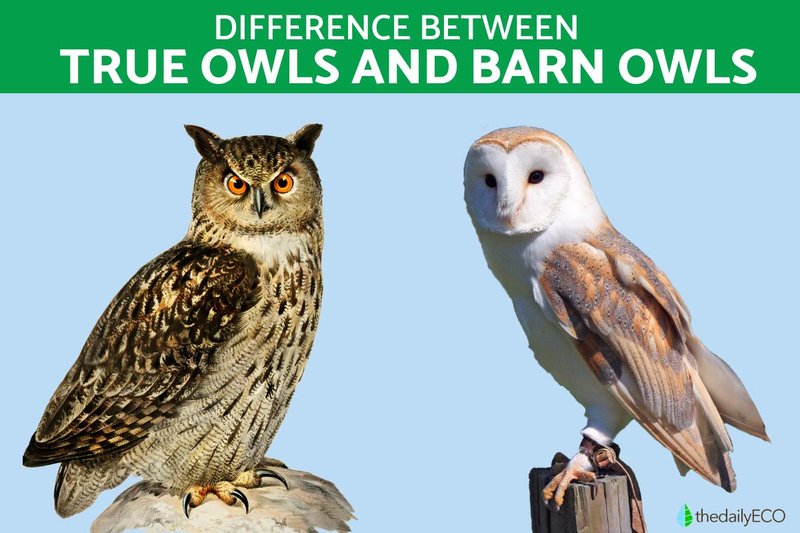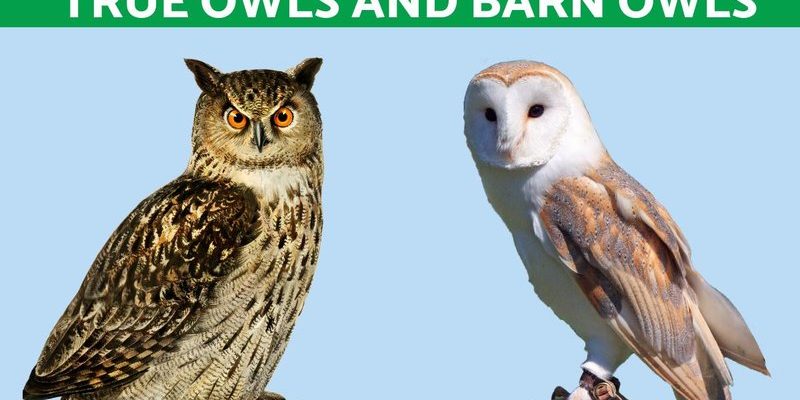
Understanding these differences isn’t just a fun trivia exercise. It sheds light on their behavior, adaptations, and the ecosystems they inhabit. Whether you’re a birdwatching enthusiast or just curious about wildlife, knowing what sets the barn owl apart helps paint a clearer picture of nature’s complexity. So grab your favorite drink and let’s get into the details!
Physical Characteristics of Barn Owls
Barn owls are easily recognizable thanks to their striking appearance. First off, they have a distinctive heart-shaped face, which not only looks unique but also serves a purpose. This facial disc helps funnel sound to their ears, making it easier for them to hunt in the dark. With a wingspan of about 36 to 43 inches, they glide silently through the night, which can be both eerie and beautiful.
Their plumage is another point of interest. Barn owls have a mix of creamy white and light brown feathers, making them blend in neatly with their surroundings. This camouflage is vital for hunting and avoiding detection by predators. If you compare them to similar species like the great horned owl, you’ll notice the great horned owl has tufted ears and a more robust build, which gives it a very different look and hunting strategy.
Behavior and Hunting Techniques
Here’s the thing: barn owls are among the most efficient hunters in the avian world. Their hunting style is different from that of other owls, like the long-eared owl. Unlike those species that often hunt in groups, barn owls prefer to go solo. They have incredible low-light vision and can detect their prey’s movements through sound alone, allowing them to hunt effectively even without seeing their targets.
When barn owls hunt, they rely heavily on their hearing. They can pinpoint the exact location of small rodents, even in complete darkness. This ability is crucial in their preferred habitats, like open fields or farmlands, where their favorite snacks—mice and voles—are plentiful. In contrast, species like the barred owl tend to perch and wait for bigger prey to come along, showcasing a different approach to hunting.
Geographic Distribution
Barn owls have a pretty wide range, which is another factor that sets them apart from similar species. They can be found on every continent except Antarctica. This adaptability allows them to thrive in various environments, from grasslands to woodlands and even suburban areas.
Other owls, like the barn owl’s cousin, the eastern screech owl, have a more limited habitat preference. While screech owls tend to prefer wooded areas, barn owls can make homes in open spaces where they can easily locate their prey. This versatility means that barn owls often have a larger population, making them more visible to those interested in birdwatching.
Vocalizations and Communication
If you’ve ever heard a barn owl’s call, you know it sounds hauntingly beautiful. Their vocalizations are quite different from those of other owls. Barn owls produce a series of hissing sounds and screeches, which can be quite unsettling in the quiet of the night. This communication style serves multiple purposes, from marking territory to attracting mates.
In contrast, the great horned owl’s calls are deep and resonant, reflecting its larger size and different social structure. These vocal differences can help birdwatchers identify which species they’re observing, making it easier to appreciate the nuances of these amazing creatures.
Diet and Feeding Habits
Barn owls are strictly carnivorous, with a diet that mainly consists of small mammals. They are known to consume up to 1,000 mice per year! Isn’t that impressive? Their feeding habits play a crucial role in controlling rodent populations, which is especially beneficial for farmers.
If you compare this with the diet of the barred owl, which also eats small mammals but includes a wider variety of prey such as birds and amphibians, you can see how barn owls fill a specific niche in the ecosystem. Each species plays its part, but barn owls are truly the “mice managers” of the bird world.
Reproductive Behavior and Nesting
When it comes to raising young, barn owls exhibit some interesting behaviors. They often nest in old buildings or tree cavities, usually laying between 2 to 18 eggs. The sheer number of eggs sets them apart, as many other owl species, like the snowy owl, typically lay fewer eggs.
The parents share the responsibility of feeding the chicks, often bringing food to them in the nest. This cooperative breeding approach ensures that the young have the best chance of survival while they grow fluffy and strong. It’s fascinating to see how different owl species manage parental duties and what that means for their offspring’s survival.
Conservation Status and Threats
While barn owls are fairly widespread, they still face threats from habitat loss and pesticide use, which affects their food sources. Unlike some birds that are at more immediate risk of extinction, barn owls have adapted well to human-altered environments, but they aren’t invincible.
On the other hand, some similar species like the eastern screech owl face more pronounced threats due to habitat destruction and competition for nesting sites. Understanding these differences in conservation needs helps us appreciate the roles these birds play in our ecosystems—and the importance of protecting their habitats.
Final Thoughts on Barn Owls and Their Relatives
In the end, barn owls are truly remarkable creatures that stand out in the bird world for various reasons. Their unique physical traits, hunting methods, and ecological roles set them apart from similar species. By exploring these differences, we gain a deeper appreciation for the barn owl and the environment it inhabits.
Whether you’re looking at these birds through binoculars in your backyard or just enjoying a good book about wildlife, knowing the distinctions can enrich your experience. So the next time you catch a glimpse of a barn owl, remember all the fascinating traits that make it one-of-a-kind!

